Professional septic tank pumping that prevents backups, protects your property, and gives you peace of mind.
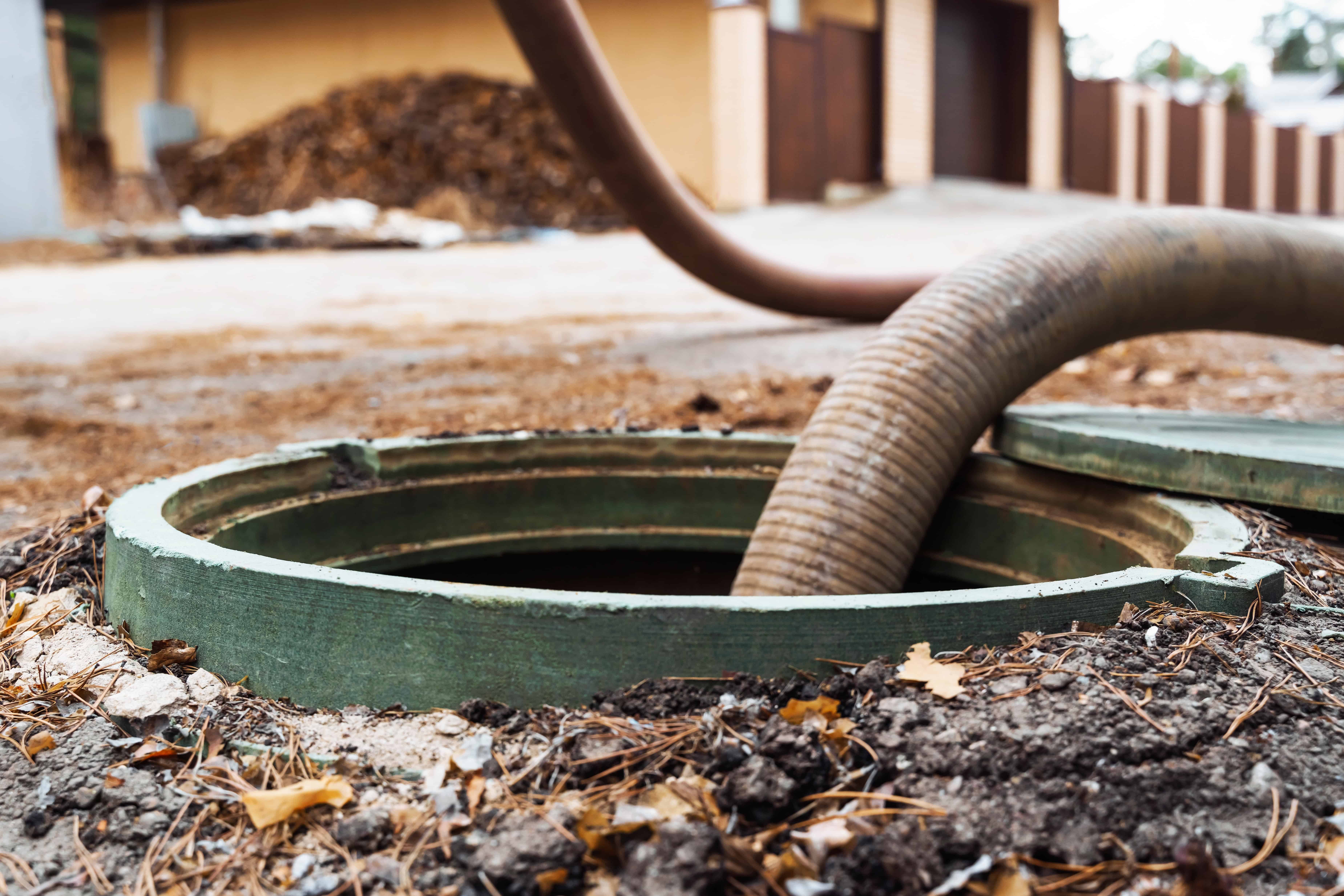
Hear from Our Customers
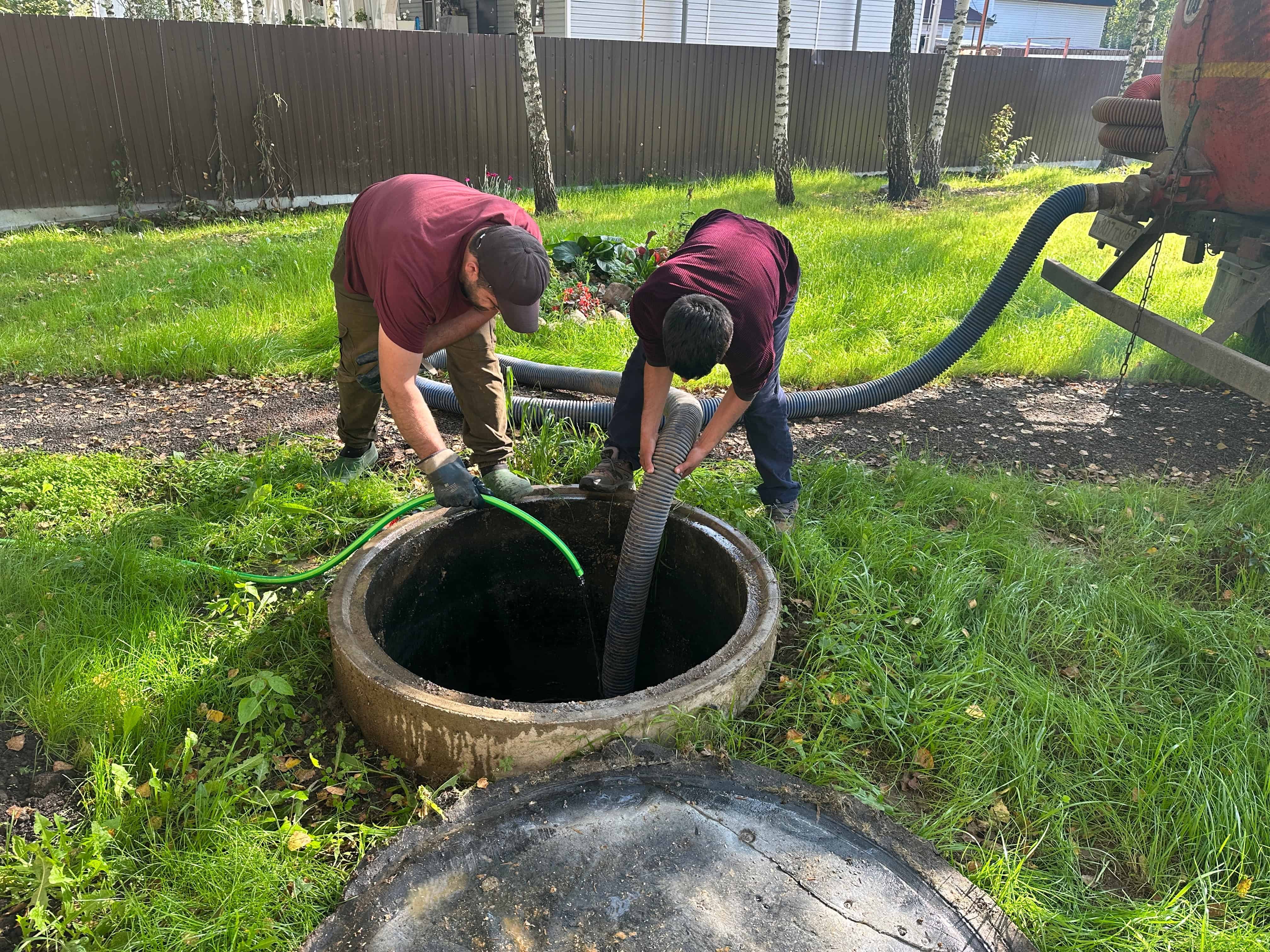
When your septic system works right, you don’t think about it. That’s exactly what you get with regular pumping – a system that handles everything quietly in the background while you focus on what matters.
Proper septic tank pumping prevents the nightmare scenarios you’ve probably heard about from neighbors. No sewage backing up into your home. No soggy, smelly yard that keeps the kids inside. No emergency calls on weekends when you’re hosting family.
You also avoid the bigger financial hit that comes when a neglected system fails completely. Regular pumping extends your septic system’s life and catches small problems before they turn into expensive excavation projects.
We’ve been handling septic and cesspool services throughout Long Island for years. We understand how coastal soil conditions affect septic systems and what it takes to keep them running properly in this area.
You won’t get rookie mistakes or learning-on-the-job experiments. Our team knows the local regulations, the common issues with different system types, and how to spot problems before they become emergencies.
We’re the local company your neighbors call when they need septic work done right the first time.
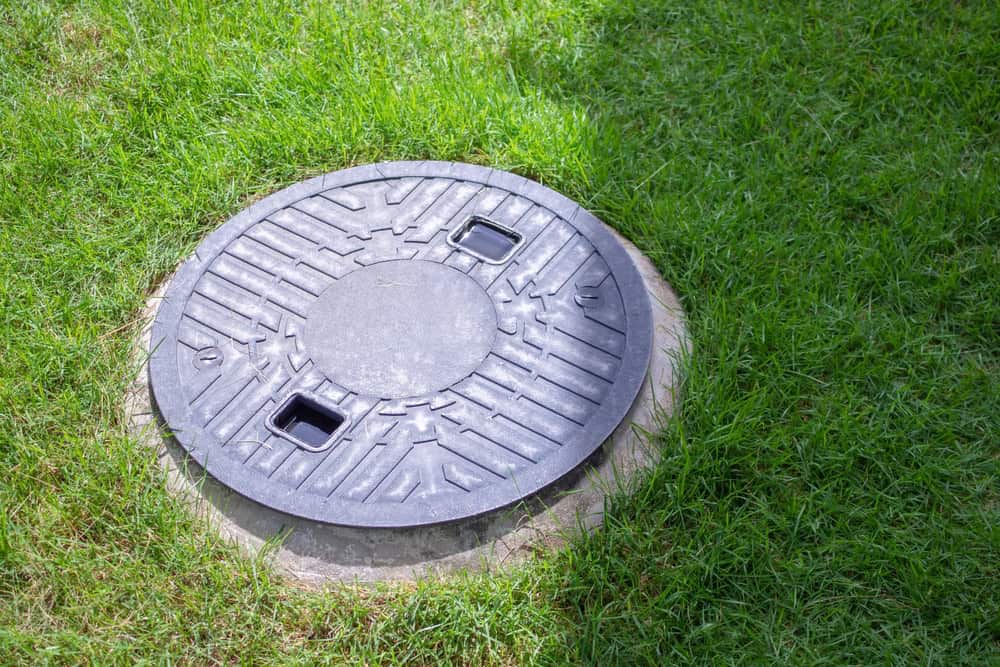
First, we locate and open your septic tank access ports. We inspect the tank to check sludge and scum levels, and look for any signs of damage or potential problems.
Next, we pump out all the liquid and solid waste using professional vacuum equipment. This isn’t a quick suck-and-go job – we make sure to remove all the accumulated sludge that can cause backups if left behind.
Finally, we measure your tank levels, note any issues we spotted, and give you a realistic timeline for your next pumping. You’ll know exactly what shape your system is in and when to schedule us again.
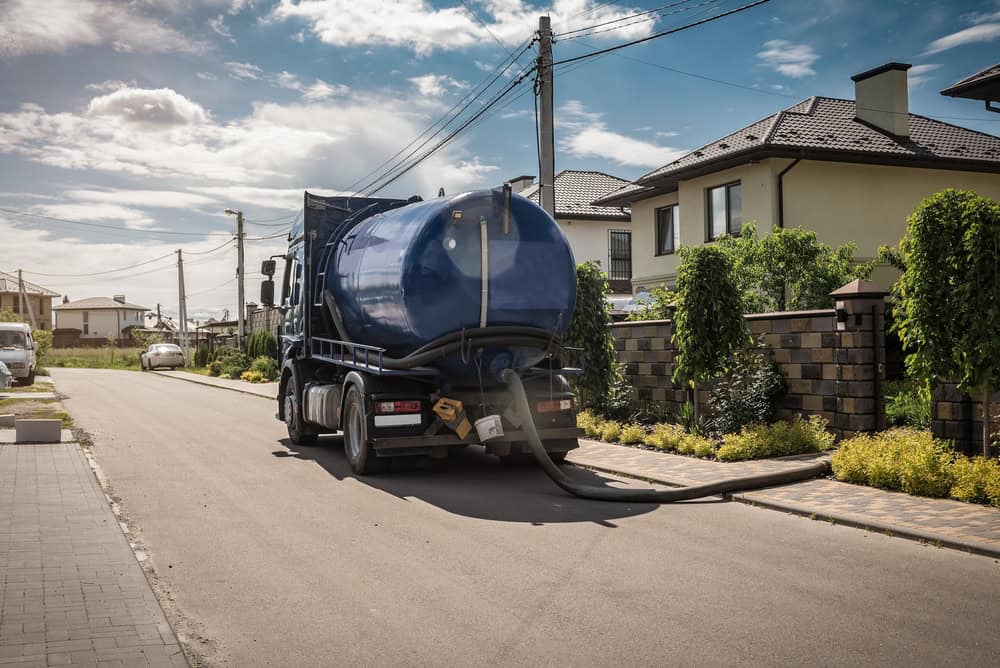
Ready to get started?
Every septic pumping includes a thorough inspection of your tank condition, baffles, and inlet/outlet pipes. We check for cracks, clogs, or other issues that could cause problems down the road.
We handle all the logistics – proper waste disposal at licensed facilities, cleaning up the work area, and securing your tank covers when we’re done. Your property looks exactly like it did before we arrived.
You get honest feedback about your system’s condition and realistic recommendations for maintenance. No scare tactics, no unnecessary upsells – just straight information so you can make good decisions about your septic system care.
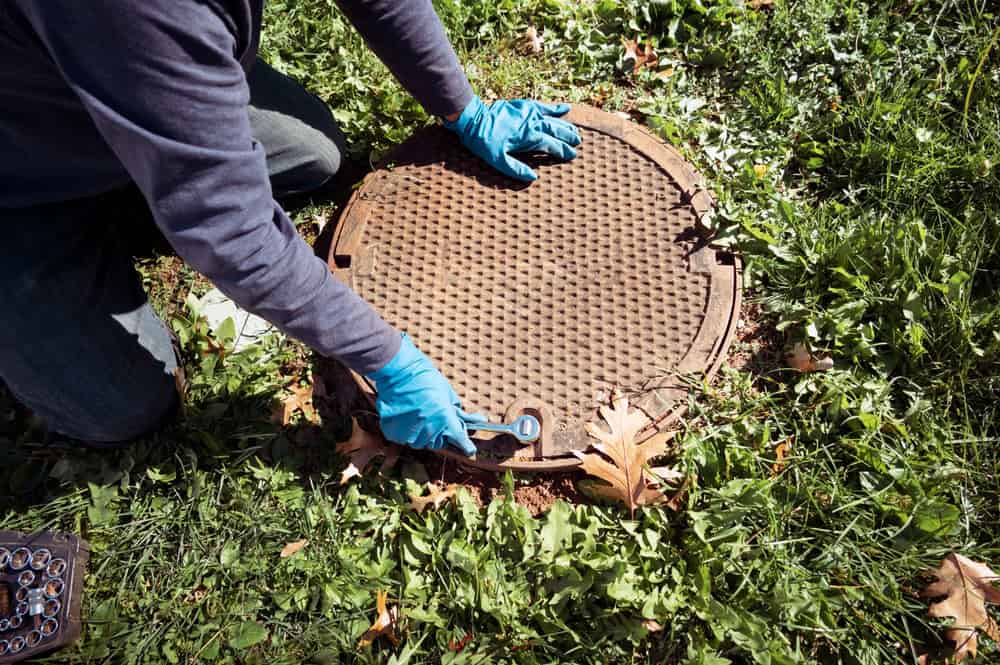
Don’t let cesspool issues disrupt your day. Reach out now for a free estimate and expert service.
©2025 Quality Cesspool All Rights Reserved. SEO Company NYC – Web Design & SEO by Hozio